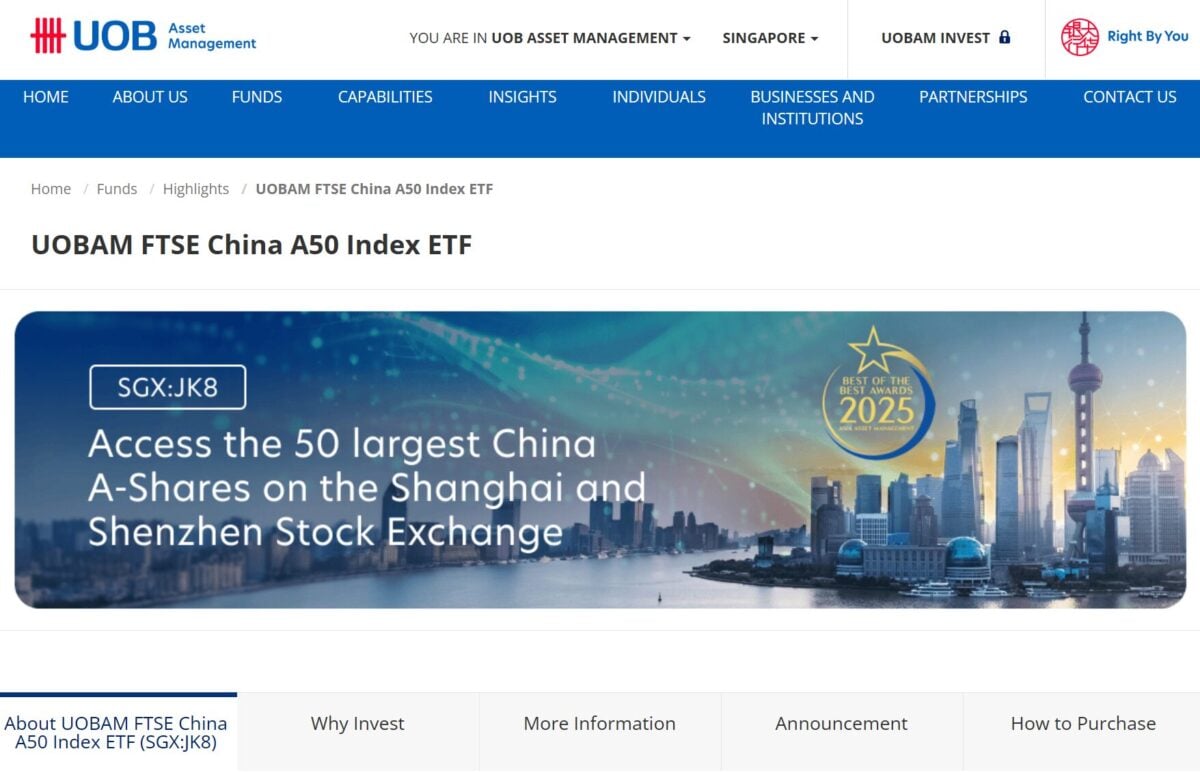
Growing up, owning a condominium was often considered an aspirational goal for many in Singapore. Among the five traditional Cs in Singapore, a condo was always the most expensive and, arguably, the hardest to attain.
Given the limited size of our country, the growing population, and the progression of our economy, it’s no surprise that housing prices—particularly for condominiums—have steadily risen over the years. For instance, I recently read that a popular new freehold condominium in District 15 was sold at over $3,000 per square foot (psf).
Admittedly, District 15 has gained significant popularity in recent years, and the development boasts an excellent location with ample facilities. However, it’s hard not to do a double take at the $3,000 psf price and wonder who can afford such properties in Singapore.
While $3,000 psf might seem like an outlier in today’s red-hot property market, it could very well reflect the trajectory of future prices.
According to our friends over at Stacked Homes, new condo prices in September 2024 is at $2,390 psf. This means that a typical 1,000-square-foot, brand-new three-bedroom condominium unit would cost an average of $2.39 million. At first glance, this price seems far from affordable.
And, in all likelihood, it is indeed unaffordable—at least for most of us reading this.
This is because, under Singapore’s housing system, about 80% of the population owns and lives in public HDB flats, while the remaining 20% resides in private properties, including condominiums, apartments and landed homes.
Although it’s not an exact science, one way to think about condominium prices is that they likely align with the income levels of the top 20% of earners in Singapore. This is the group most likely to purchase condominium units, particularly those from new launches. So, if this group has experienced a significant increase in income over the past couple of decades, it’s no surprise that condominium prices have risen accordingly.
How Much Have Property Prices Increased In The Last 15 Years?
The Property Price Index, released quarterly by the Urban Redevelopment Authority (URA), tracks residential property prices in Singapore, including non-landed residential properties (i.e., condominiums). As of the third quarter of 2024, the index stands at 197.5.
The base year for the index is the first quarter of 2009, approximately 15 years ago (or more precisely, 15 years and three quarters). A simple calculation shows that condominium prices have increased by about 98% during this period, nearly doubling over the past 15 years.
At this point, two potential discussion points may arise. Let’s examine both.
The first is that if you purchased a condominium unit around 2009, you might not yet be seeing an increase close to the 98% suggested by the index. For instance, if you bought your unit for $800,000 back then, it might now be worth $1.4 million—an increase of about 75%. While that’s still a very significant appreciation, it falls short of the 98% indicated by the index.
The second perspective comes from a new condominium buyer today. You might reminisce about the “good old days” when a brand-new three-bedroom condominium unit cost around $800,000. Today, a similar-sized new launch could be priced at $1.8 million—about 125% more expensive than before. So, why does this discrepancy exist?
The reason for this discrepancy is straightforward. While the Property Price Index (PPI) indicates an overall increase of 98% for private non-landed residential properties, this figure includes both new launch prices and transactions in the resale market.
According to Stacked Homes, the price gap between new launches and resale condominiums has widened significantly over the past decade. For example, in 2013 and 2014, the price gap for condo units larger than 1,200 square feet was 6% and 17%, respectively. This means that, on average, new launch condo units in this size range were priced 6% to 17% higher than resale units during those years. However, by 2023 and 2024, the price gap had expanded to 53% and 34%, respectively.
This explains why, as an existing condo owner, the increase in property value over the last 15 years may be substantial but not as dramatic as the price appreciation seen in new launch condominiums. For aspiring condo homeowners, resale condos could offer better value. However, it’s important to factor in renovation costs. While a resale condo may have a lower purchase price, substantial renovation expenses could offset the initial savings.
How Much Have the Incomes of the Top 20 Percentile Increased Since 2009?
To understand how much income has risen for the top 20 percentile over the past 15 years, one useful reference is the monthly household income from work per household member (excluding employer CPF contributions). According to data from data.gov.sg, this figure was $3,153 per household member in 2009. By 2023, it had increased to $6,008, representing a rise of about 90%.
Income vs. Property Price Growth
When we compare the increase in the Property Price Index for non-landed residential private property with income growth since 2009, the correlation becomes apparent. The PPI rose by approximately 98% from 2009 to 2024. Interestingly, the increase from 2009 to the fourth quarter of 2023 was 94.1%, closely mirroring the 90% increase in monthly income per household member at the 80th percentile over the same period.
Affordability Over Time
This comparison highlights an important point: while condominium prices today may feel expensive and out of reach, the statistics suggest that affording a condominium unit in 2024 is no more difficult (or easier) than it was in 2009. While condo prices were indeed lower in 2009, household incomes were also significantly lower. The rise in property prices has kept pace with the income growth of the top 20 percentile, or vice versa, depending on how you wish to see it.
Read Also: What is Singapore’s Average Household Income And Why It Is Different From The Salaries We Earn?
Top Image Credit, Soh Qi Hang, DollarsAndSense
The post Is The Condo Dream Getting Increasingly Harder To Achieve For Singaporeans? appeared first on DollarsAndSense.sg.











